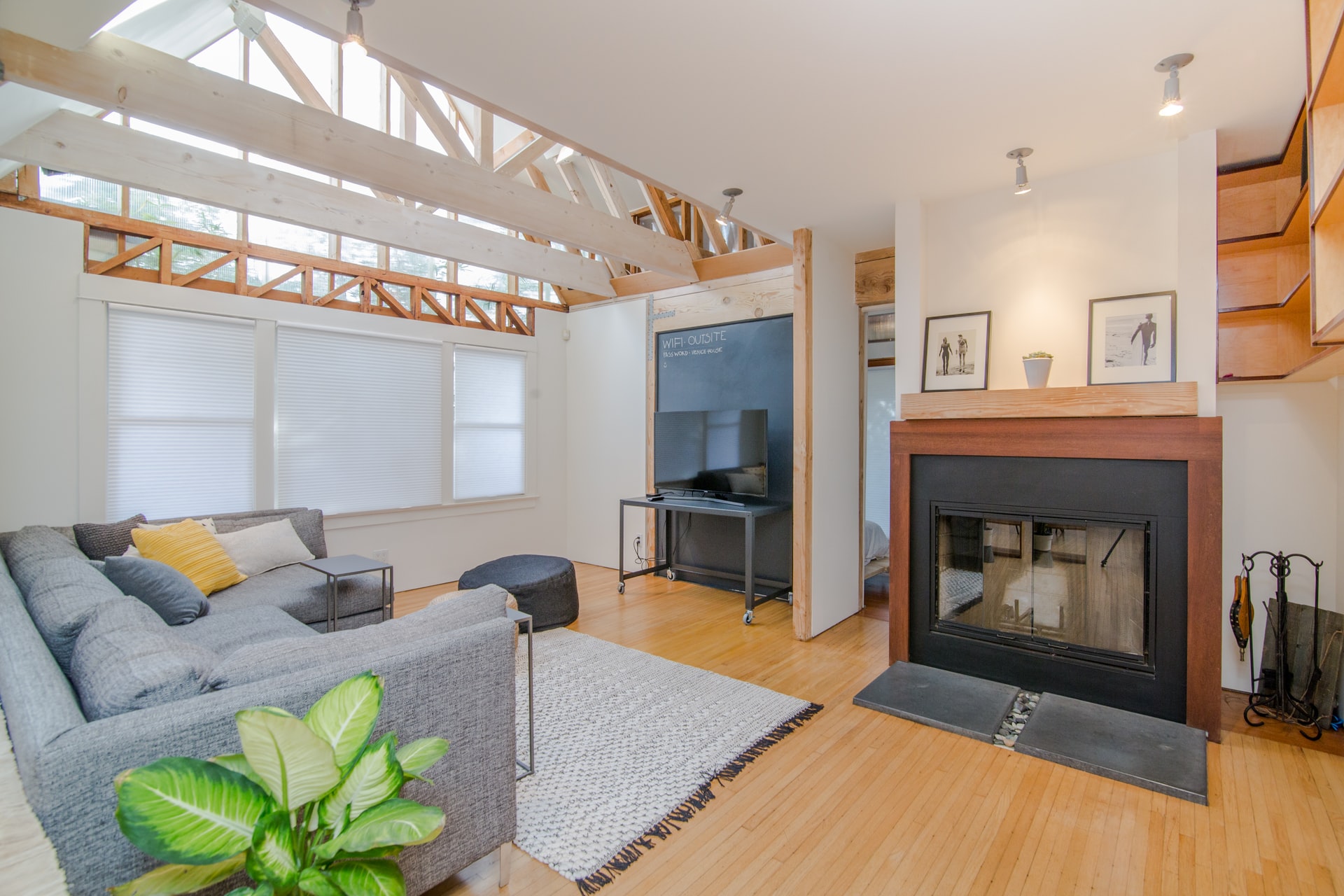The average American household spends $1,200 per year on technology. That’s a lot. And that’s just the average too, many of us spend much more than that. Some people are so afraid of cutting costs because they think it will make them less productive or cause other issues in their lives but there are dozens of ways to cut back and save money at home without sacrificing anything else!
To help you save money, this blog provides dozens of free ways to cut your technology costs at home. These tips range from turning off your computer monitor when not in use to using an old phone as a security camera. From saving on cable TV by catching up on your favorite show’s online for free to cutting back on internet usage with the right router settings, there are many ways that you can simplify and cut back without compromising too much. They’re all easy enough for anyone who is willing to make some small adjustments in their everyday life.
A recent study found that the average American household is paying over $2,000 a year in technology costs. The average family spends more on mobile data than they do on groceries! This post will provide you with dozens of ways to cut these costs without sacrificing your lifestyle.
Discusses cost cutting tips for saving money on tech such as using an antenna instead of cable or satellite TV, turning off notifications and auto-updates, adopting a cash-only policy when it comes to apps and games, etc.
Technology is a part of our everyday lives. It’s what we use to communicate with people, it’s how we share photos from our vacations and selfies, and it’s the way we get information about the world around us. We can’t go a day without checking email or reading an article on our phones. Technology has changed so much in such little time that most of us probably don’t even know what life was like before! So here are some lifestyle blog post ideas about dozens free ways to cut technology costs at home.
Unplug any device that is not in use
The Environmental Protection Agency estimates that we are using over 150 billion kilowatt-hours of electricity each year. That’s enough to power the entire country for 13 months! But it doesn’t stop there. The EPA also calculates that an individual uses about 940 kWh per month, which is the equivalent of burning about three barrels of oil every day. It is essential to unplug any device not in use and turn off lights when leaving a room or house in order to save energy and money.
It’s a common misconception that plugging in devices to an outlet is the only way to charge them. This isn’t true, and it can be harmful for your device. The best thing you can do for your phone or laptop battery is unplug any device that is not in use. It will help your battery last longer and save you money on electric bills!
Install a power strip with an on/off switch to turn off all devices at once
A power strip with an on/off switch is a great way to conserve energy and get the most out of your devices. It will help you turn off all devices at once, so you don’t have to unplug them one by one. This is especially helpful for people who are forgetful or just need some extra assistance in managing their electronics.
The advantages of this device can be seen immediately after installation: it saves time and energy while also providing a safe environment for your equipment. Generally speaking, there are two types of power strips available; those that have an on/off switch and those without one.
The power strip with an on/off switch is the best way to turn off all devices at once. This saves you time and money by not having to walk over, or unplug each device individually. These products are also great for those who are forgetful about turning off their electronics before they leave. You don’t have to worry about coming home from work and forgetting a phone charger plugged in which can lead to a fire hazard!
Turn off your computer monitor when you’re not using it
We know that staying on your computer for too long can lead to negative side effects like eyestrain and neck pain. The best way to avoid these is by turning off the monitor when you’re not using it. This will help conserve energy while also keeping you from getting distracted with other things while you work.
Use a laptop instead of desktop computers where possible
The average laptop battery life is about 8 hours. That’s a lot of time to work without worrying about power cords, or the need for an extension cord when your desk is plugged in at one end and you’re working on the other side. But it’s not just the convenience that makes laptops more appealing than desktop computers – they’re also lighter and easier to move from place to place. And if you get a laptop with a touchscreen, then it can be used as both an input device (with its keyboard) and display device (with its screen).
Laptops are a great alternative to desktops if you don’t want the hassle of moving your computer around. They’re also much more portable and easier to fit on your lap! The only drawback is that they can be pricey, but there are some affordable options out there. You might not need all the bells and whistles when it comes to a laptop, so this could save you money in the long run.

